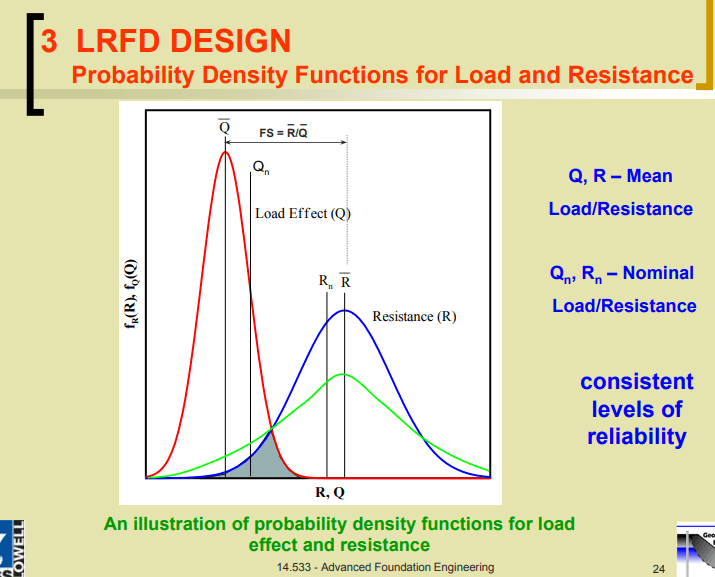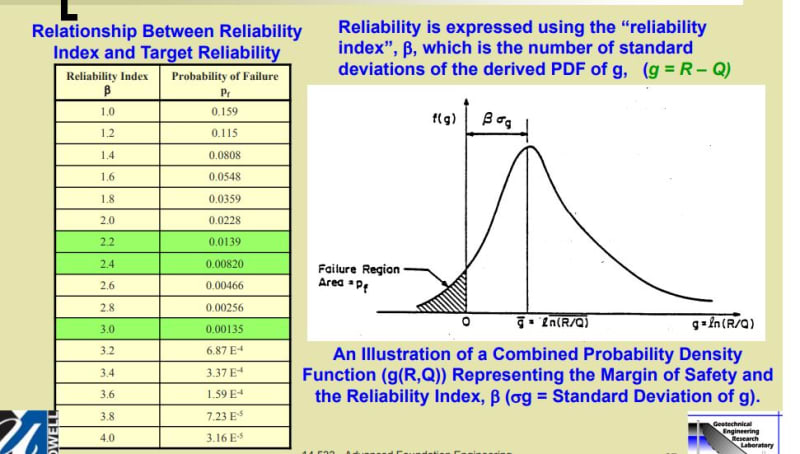KAMAL HOSEN
Structural
For my school assignment, I need to calculate the structural failure probability. i can use Staaad.pro. Can someone tell me or share some reffrence how can I do that by using staad.pro in an easy and simple way. ( this is an assignment for my class. there is an existing steel structure. I have analysis the structure by Staad.pro. Considered gravity load, seismic laod and wind load. all members are found safe. PMM ratio >1, also safe in deflection. My professor asked me to present the failure probability. )
Thanks in advanced
Thanks in advanced


